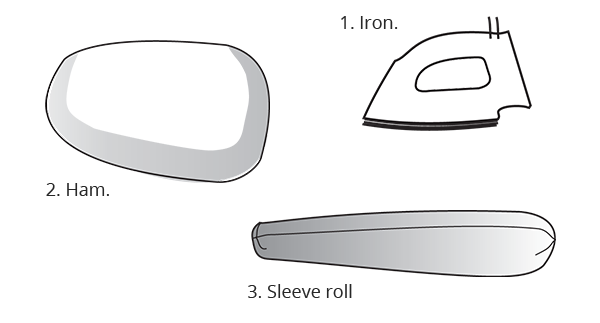ALWAYS use tools when drafting and tracing patterns.
- An ice tube is essential if carrying patterns back and forth to class.
- The pattern wheel is used to perforate patterns that then can be used to chalk mark sewing lines on cut fabric pieces.
- The armscye curve makes marking curved lines easy. The armscye curve is approximately 9 inches long.
- The Fairgate Vary Form Curve Rule.
- The 20 by 12 inch L square.
- The 18 inch transparent ruler is essential. Buying two or more makes drafting easier.
Sewing Supplies
Sewing, Machinery, Sample Book & Pressing Supplies
- Five yards of muslin, approximately, to test patterns’ fit. Do NOT wash muslin. Muslin fabric has had sizing added to give the muslin more body, needed during the fitting.
- Sewing box or container for supplies.
- Shears or scissors to cut fabric (illustration 1).
- Small scissors with sharp points to trim threads and fabric.
- Stitch ripper – often called a seam ripper.
- Awl – (illustration 2).
- Pins
- Box or magnetic pincushion to hold pins.
- Hand needles — in assorted sizes.

1. Design personnel generally prefer to use 12 inch shears to cut fabric. The shears are slid along the table from right-to-left, if right-handed so that the cutting is parallel to the eye.
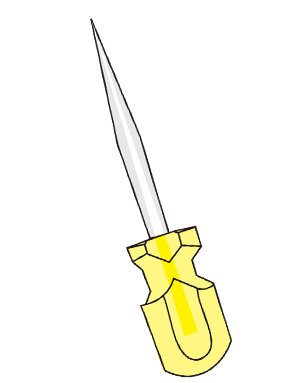
2. Sample makers often use awls to help with guiding the fabric under the sewing machine’s needle.
Machinery
- A basic lockstitch sewing machine. A sewing machine with a bobbin that sews straight stitches (illustrations 1 & 2).
- A straight-stitch pressor foot and straight-stitch plate, if available to prevent jamming in the sewing machine’s race (illustration 3).
- A zig-zag foot and plate if using a zig-zag machine (illustration 4).
- An adjustable zipper foot, and straight-stitch plate if available (illustration 5).

1. A bobbin.
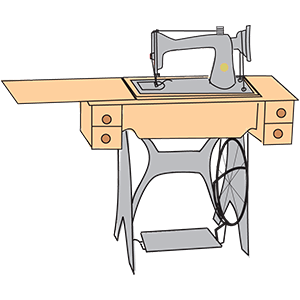
2. Only a basic lockstitch sewing machine is needed. A treadle sewing machine could be used.

3. The straight-stitch foot and plate.
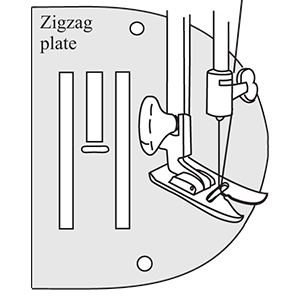
4. The zig-zag foot and plate.
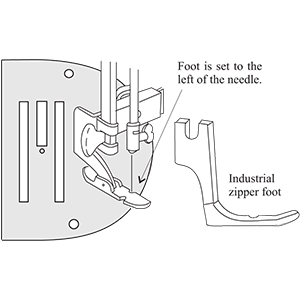
5. The adjustable zipper foot and straight-stitch plate.
Optional: A four-thread overlock that can be adjusted into a three-thread, or two-thread overlock for finishing seam allowances. Home sewers refer to these machines as sergers.
Seam allowances can be finished with machine zigzagging, hand overcasting, or binding. Encasing the inside of a garment with lining eliminates the need to finish individual seam allowances.

Sample Book
- Loose ring binder with 2 inch binding or larger for the sample book.
- Cardstock to mount the samples on before putting into the sample book.
- Optional – Plastic 8 1/2 by 11 inch pages with pockets to slip mounted samples into (illustration 1).
- Muslin or fabric scraps to make samples.

Open sample book with plastic pockets.
Pressing
- Iron (illustration 1).
- Ham (illustration 2).
- Sleeve roll (illustration 3).
